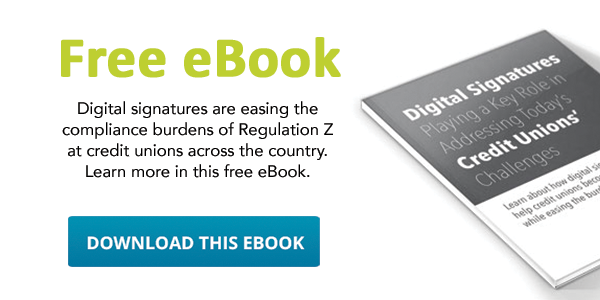 Today we've got another great blog post from our friends over at Credit Union Resources. Dean Borland, SCMS, CUDE, VP Product Assurance, tells us how to identify weakness in your credit union's board of directors.
Today we've got another great blog post from our friends over at Credit Union Resources. Dean Borland, SCMS, CUDE, VP Product Assurance, tells us how to identify weakness in your credit union's board of directors.
Credit unions are different from other types of financial institutions because of their cooperative structure, a primary component of which is the election of a volunteer board of directors by credit union members. A credit union’s board of directors can be one of its greatest resources, its Achilles’ heel, or both.
Because many credit union directors are elected and re-elected to board seats many times, there is a huge collective of knowledge and history embedded in credit union “legacy” boards, and we are fortunate to have them. On the other hand, the introduction of new products, services, and regulation has dramatically changed the financial services landscape since some directors were first elected to serve on the board. Many directors have enhanced their skills and competencies as times have changed; some have not. This is where the Achilles’ heel comes in.
There are a few, simple questions that your credit union board needs to be prepared to answer:
- Do you know what skills are most needed (on the board) to guide the credit union forward, and are all critical skills represented on the board right now?
- Is the board prepared to replace the skills and competencies of its most valued mentors / directors when they inevitably decide to step away from service?
- When will the board lose legacy directors and their collective storehouse of experience and knowledge?
- Do the demographics of the board of directors accurately reflect the demographics of the credit union’s current and perhaps future membership?
A comprehensive board succession plan can answer these questions and more. A comprehensive board succession plan is NOT a blueprint for removing legacy directors from their board seats. A comprehensive board succession plan validates the contribution of legacy directors while laying the groundwork to insure continuity of leadership and periodic replenishment of skills and competencies identified as critical to future success. If your board cannot definitively answer the questions above, your board of directors may actually become the credit union’s Achilles’ heel.
%20formatted-1.png?width=582&height=170&name=www.signix.comhs-fshubfsSIGNiX%20Logo%20Main%20(white)%20formatted-1.png)
%20formatted-1.png)
